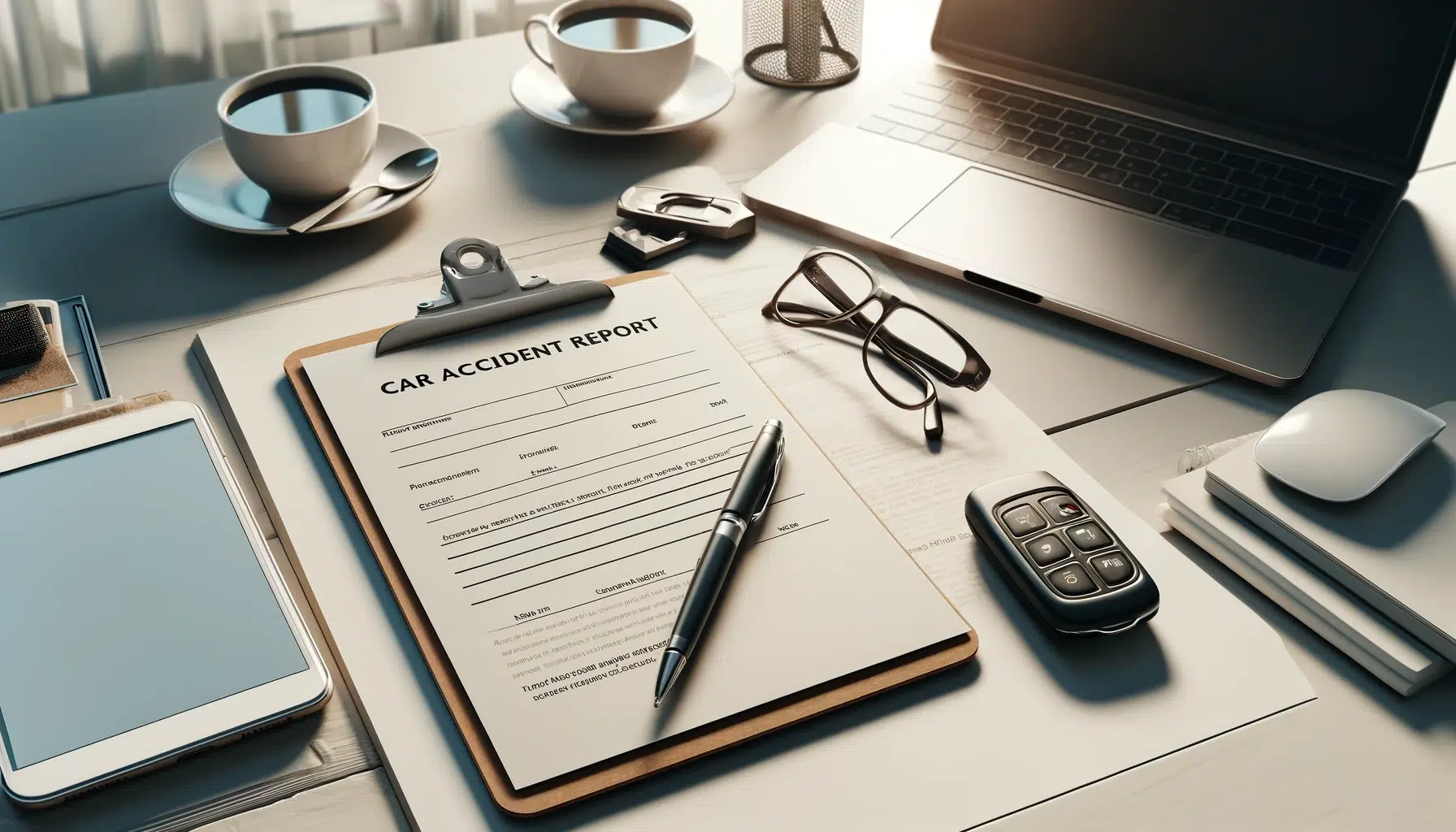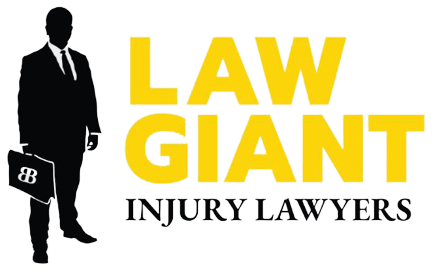How to Obtain & Use Your NM Car Accident Report

Amidst the stress and upheaval after an auto accident, one document can be critical to getting justice and compensation– your New Mexico car accident report.
This seemingly mundane piece of paperwork plays a pivotal role in car accident cases, acting as a basis for establishing fault, negotiating settlements, and taking your case to court. This report documents the accident scene, the parties involved, and the officer’s observations. While not always conclusive, a car crash report plays a vital role in building a strong case.
Here, we’ll guide you through the steps to obtain your New Mexico car accident report and how to leverage it effectively in your personal injury claim.
The Importance of Your Car Accident Report
A car accident report is an official document prepared by the police officer who investigates the accident scene. It contains information such as the accident’s date, time, and location, details of the involved parties, witness statements, an officer’s narrative and opinion on the incident, and often, diagrams or photos of the accident scene.
This report is not just a record. It’s an authoritative piece of evidence that can significantly influence the outcome of your personal injury case.
How to Get Your NM Car Crash Report?
Obtaining your car accident report in New Mexico is straightforward but requires attention to detail.
Identify the Responding Agency
Officers dispatched to the scene will collect preliminary data. If a local police department handled your accident, you would contact them. You might need to contact the New Mexico Department of Public Safety if the accident occurred on a highway.
If possible, ask for a report number from the officer at the scene. This simplifies tracking your report.
Accessing Your Crash Report
Once you’re ready to obtain your report, contact the agency that attended your crash scene. You can request your report online, via mail, or in person. Each method has its processing time and a fee.
In-person visits to the police department are a direct route to your report. However, many New Mexico agencies offer online access to car crash reports. This requires selecting the jurisdiction (e.g., Albuquerque or Dona Ana County) and entering the report number.
Pay the Fee & Wait for Processing
Obtaining your report typically involves a small fee, varying by the agency and report length, but generally ranging from $2.00 to $10.00. After paying the fee and requesting your report, a processing period follows. Availability can vary, especially for recent accidents, which may take a few days.
Collect Your Accident Report
Depending on the agency, you can collect your report in a few ways. In-person collection, mail delivery, or electronic delivery are standard.
Accessing Car Accident Reports in Albuquerque
The following information may help speed up access to your car accident report for car accidents within Albuquerque city limits.
- Report Accidents to the Albuquerque Police ASAP – Call 911 or the 505-242-COPS for non-emergencies. Local officers will file an accident report on the scene.
- Get a Copy of Your Report – Albuquerque Police Department reports are available in person at the Law Enforcement Center or online.
- There’s a $7.50 Fee – Online traffic accident reports cost $7.50 per report.
- Be Aware of Processing Times – After paying the fee and requesting your report, a processing period follows. Availability can vary, especially for recent accidents, which may take days.
- Arrange for Pick Up – Choose between in-person pickup at the Records Division for physical requests or follow online directions for digital copies.
Key Info in Your Car Accident Report
The format of police reports can vary slightly, but they generally follow a similar structure. Here’s what you should focus on:
Details of the Accident: Time, Date, and Location
The specifics of when and where your accident occurred set the scene for your claim. The time and date can influence the interpretation of events, such as visibility conditions (e.g., night-time vs. daylight) and traffic patterns (e.g., rush hour congestion). The location can also be pivotal, especially if it’s known for being hazardous or if specific traffic laws apply.
These elements help to contextualize the accident, potentially affecting fault determinations and the credibility of involved parties’ statements.
Documented Injuries at the Scene
Your car accident report will include a section for Reported Injuries, detailing any harm the involved parties suffered at the scene. This part of the report serves as the first official acknowledgment of injury. It provides a timestamp, linking injuries directly to the accident, which insurance companies and healthcare providers will look for when assessing claims.
This documentation can significantly affect the compensation for medical expenses, as it reflects the immediate health impact of the collision. Moreover, it can highlight future claims related to the injuries, especially if they develop into more severe conditions, making it a key part of recovering a fair and comprehensive settlement.
The Parties Involved: Contact & Insurance Info
Obtaining comprehensive information on all involved parties is crucial in personal injury claims. This includes not just names and contact details but also insurance information.
Having accurate insurance details lets you facilitate a claim and understand the coverage landscape. Additionally, the relationships between parties, such as whether any drivers were operating a vehicle for a business, can add layers to the legal and insurance scenarios, impacting the strategy for pursuing compensation.
Witness Statements: Objective Accounts to Support Your Claim
Witness accounts can significantly bolster your case, offering objective viewpoints that may confirm the events you’ve presented. Whether a witness saw the other car speeding, noticed a driver seemed distracted, or observed any other critical details, these testimonies can be compelling evidence to support claims of negligence or fault.
The Responding Officer’s Perspective
The narrative provided by the responding officer carries substantial weight in personal injury cases. This section of the report often includes the officer’s assessment of how the car accident occurred and may indicate if any traffic laws were violated. If the officer determines one party is at fault in the report, this can strongly influence insurance adjusters and juries.
However, remember that an officer’s opinion is not the final word on liability, and further evidence can challenge discrepancies.
Diagrams &Photos
Diagrams and photos offer a visual snapshot of the accident’s aftermath. These can help reconstruct the event, especially in complex scenarios where the dynamics are disputed.
Diagrams that show the positions of vehicles, debris, skid marks, and other relevant details provide a frame of reference for witness statements and the narratives provided by those involved. Photos add a layer of undeniable reality to the evidence, capturing the immediate consequences of the accident. Together, they can be powerful tools in illustrating your claim’s validity and the extent of damages incurred.
How to Utilize Your Car Accident Report
By meticulously analyzing and presenting the information with your NM crash report, you and your legal representation can construct a compelling narrative that supports your compensation claim, addressing the immediate and long-term impacts of the accident on your life.
- Establish Fault & Liability: The report can be instrumental in proving negligence by the other party. In particular, the officer’s narrative and any citations issued for traffic violations do a lot to establish fault.
- Leverage for Settlement Negotiations: When negotiating with insurance companies, the details within the accident report can strengthen your case for a fair settlement by providing clear evidence of the other party’s fault.
- Prepare for Litigation: Should your case go to court, the accident report will be fundamental evidence. It can support your testimony and that of witnesses, providing a solid foundation for your claim.
Benefit from Experienced Legal Representation
While the police report serves as a valuable starting point after a car accident, navigating the complexities of a personal injury claim in New Mexico usually requires professional legal assistance.
- Experience Analyzing Crash Reports: Personal injury lawyers can decipher the technical language used and assess the report to identify strengths and potential weaknesses in your case.
- Prove Fault/Liability: A lawyer can gather additional evidence, coordinate with expert witnesses, and construct a compelling argument to prove the other party’s liability.
- Maximize Compensation: Lawyers are skilled in accurately calculating damages, negotiating with insurance companies, and, if necessary, representing you in court to ensure you receive the maximum compensation possible.
For Help with Your Crash Report & Injury Claim, Get the Law Giant
Your New Mexico car accident report is more than just a formality; it’s a critical tool to recover fair and full compensation for your losses. Understanding how to obtain and utilize this report can significantly enhance your chances of a successful outcome.
A skilled New Mexico car accident lawyer can secure all the documentation you need, including your crash report, and navigate the legal system to secure the compensation you deserve. At the Law Giant Injury Lawyers, we understand what you are going through and know how to help. With over a billion dollars recovered in cases like yours, our NM attorneys are ready to explain your options after being hurt in a New Mexico auto accident.
Call 505-900-0000 or submit a request for a free, no-risk consultation.
